As a holistic veterinarian, I understand how precious your Bluetick Coonhound is to you. That’s why I’m here to talk about a topic that is often overlooked but incredibly important – Bluetick Coonhound Eye Health. This breed, known for its keen sense of smell and tracking abilities, also has unique eye structures that can make them susceptible to certain eye issues.
Eye health is an essential aspect of your dog’s overall wellness. It’s not just about clear vision, but also about comfort, as many eye disorders can cause discomfort or even pain. From common issues like conjunctivitis to breed-specific conditions, understanding your Coonhound’s eye health can help ensure they live a happy, comfortable life.
But don’t worry, it’s not all doom and gloom! There are many preventative measures you can take to protect your Coonhound’s eyes, from diet changes to environmental alterations. Plus, with regular Bluetick Coonhound Eye Care, you can catch potential problems early and provide the best possible treatment. So, let’s dive in and explore everything you need to know about Bluetick Coonhound Eye Health!
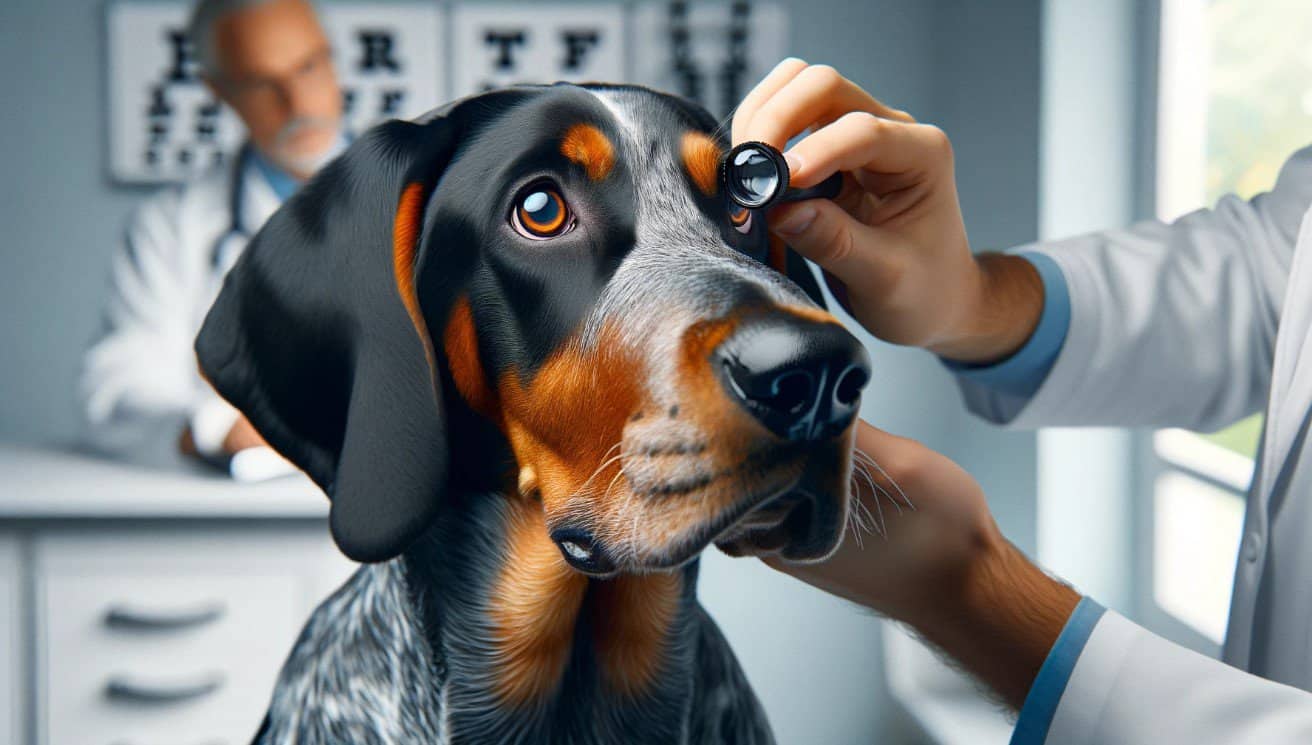
Understanding Breed Specific Eye Structure
As a devoted parent to a Bluetick Coonhound, it’s essential to understand the unique structure of their eyes. This knowledge will provide a deeper insight into their world and help you better care for their eye health.
Bluetick Coonhounds, like all dogs, have a different visual system than humans. Their eyes are designed primarily for hunting, with a focus on movement and light detection. Because of this, they have a larger visual field than humans and are more sensitive to movement and light changes but have less color perception.
The Bluetick Coonhound’s eyes are moderately sized, set wide apart, and have a slightly oblique setting. The eye color usually matches the coat’s color and can range from dark brown to hazel. The breed’s eyes are protected by a third eyelid, also known as the nictitating membrane, which helps to keep the eyes moist and remove debris.
The breed’s distinct eye structure makes them prone to certain eye conditions. For example, the breed’s deep-set eyes can lead to entropion, a condition where the eyelid rolls inward, causing discomfort. Similarly, their large visual field may also make them more susceptible to injuries and foreign bodies.
Understanding your Bluetick Coonhound’s eye structure is the first step in ensuring their eye health. It enables you to notice when something seems off and seek professional help promptly. This knowledge also allows you to better appreciate the unique way in which your canine companion sees the world, enhancing the bond between you.
Remember, the key to maintaining your Bluetick Coonhound’s eye health is regular check-ups with your vet, who can monitor for any changes and advise on any necessary treatments or preventative measures. With the right care and attention, you can help protect your Bluetick Coonhound’s eyes and ensure they remain a vibrant part of their life.
Bluetick Coonhound Eye Health is a vital aspect of their overall wellbeing. Therefore, as a responsible pet parent, make sure to prioritize it. With a bit of knowledge and a lot of love, your Bluetick Coonhound can enjoy a life full of clear, healthy vision.
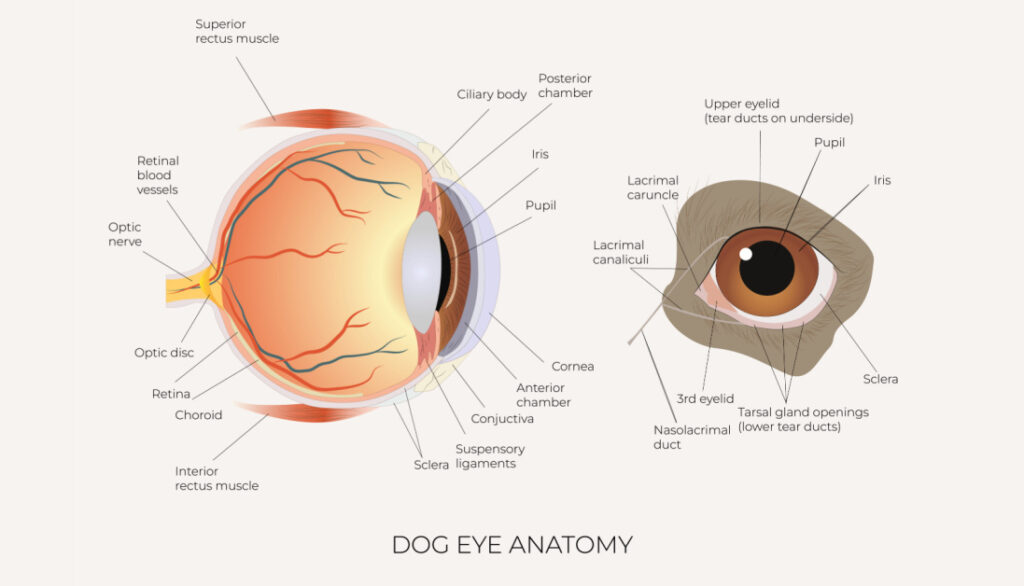
Common Eye Issues In Bluetick Coonhound
As a veterinarian, I often see Bluetick Coonhounds with certain common eye issues. Understanding these problems can help you in ensuring your Bluetick’s eye health and taking preventive measures early on.
Cataracts are one of the most common eye problems in Bluetick Coonhounds. These are opacities within the lens of the eye, leading to blurry vision. In some cases, they can cause complete vision loss. Cataracts can be hereditary or can develop due to old age or diabetes.
Progressive Retinal Atrophy (PRA) is another eye disease that can affect Bluetick Coonhounds. It is an inherited condition that causes the retina’s cells to degenerate and die, leading to night blindness and eventually complete vision loss.
Entropion is a condition where the eyelid rolls inward, causing the eyelashes to rub against the eye surface. This can lead to discomfort, corneal ulcers, and even blindness if left untreated.
Another condition that can affect your Bluetick’s eye health is Cherry Eye. This happens when the third eyelid’s gland prolapses, causing a red, swollen mass in the corner of the eye. It can lead to discomfort and tear production issues if not addressed.
Finally, Corneal Dystrophy is a condition that affects the cornea, the clear front surface of the eye. It involves the development of abnormal material in the cornea, leading to cloudiness and vision problems.
- Cataracts – Opacities within the lens causing blurry vision or vision loss.
- Progressive Retinal Atrophy (PRA) – An inherited condition leading to night blindness and eventual vision loss.
- Entropion – Inward rolling of the eyelid causing discomfort and potential damage to the eye.
- Cherry Eye – Prolapse of the third eyelid’s gland leading to discomfort and tear production issues.
- Corneal Dystrophy – Development of abnormal material in the cornea causing cloudiness and vision problems.
Remember, Bluetick Coonhound eye health is crucial for your pet’s overall well-being. Regular vet check-ups can help detect these conditions early and ensure your Bluetick has a healthy and happy life.
Preventing eye problems in your Bluetick Coonhound starts with a balanced and healthy diet. This breed, like many others, benefits from a diet rich in natural vitamins and antioxidants. A holistic diet is a great way to ensure your dog gets the nutrients it needs for overall health, including eye health.
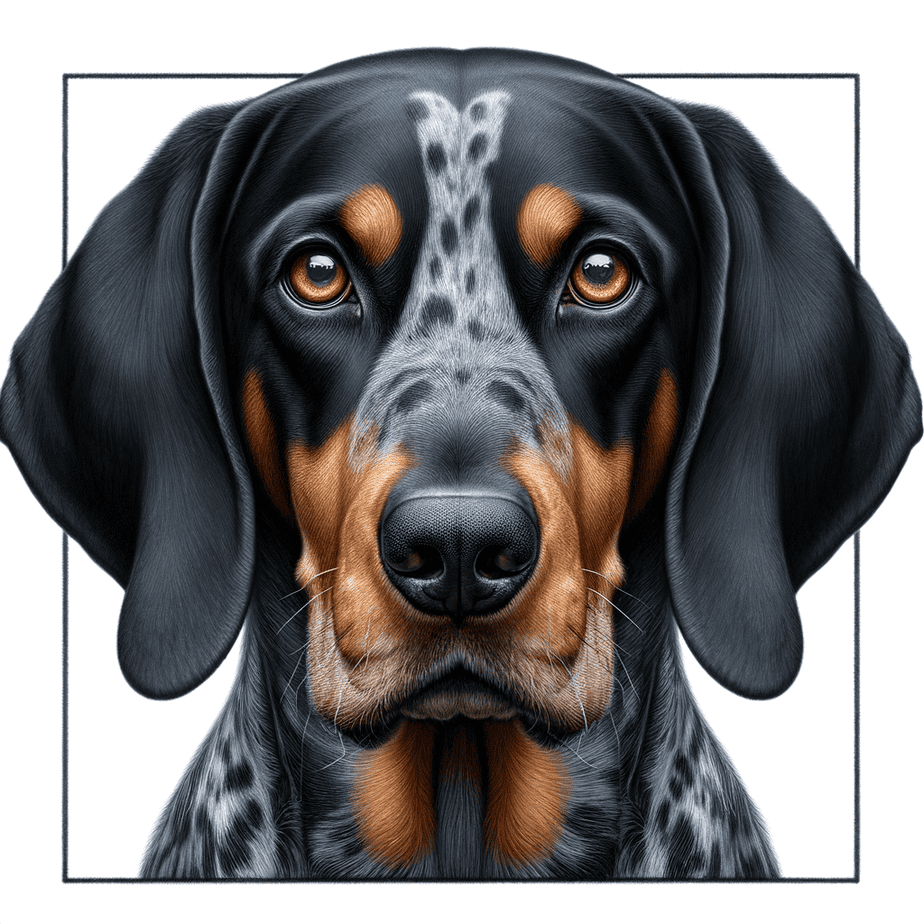
Nourishing Your Dog’s Vision: Essential Nutrients for Eye Health
Ensuring your Bluetick Coonhound gets the right nutrients for optimal eye health is essential for maintaining clear vision and preventing age-related issues. Natural, nutrient-rich foods and supplements can play a key role in supporting their eyesight. From vitamin A-packed freeze-dried liver treats to antioxidant-rich blueberries and targeted supplements like Eyeplex by Standard Process, there are several ways to nourish your dog’s eyes. In this section, we’ll explore how these powerful ingredients contribute to long-term vision health and overall well-being.
Eyeplex by Standard Process
Eyeplex by Standard Process is a specialized supplement designed to support your Bluetick Coonhound’s eye health with a blend of essential nutrients. Formulated with key vitamins, minerals, and antioxidants, Eyeplex helps protect against oxidative stress, supports retinal function, and promotes overall vision health. Ingredients like vitamin A, vitamin C, and zinc contribute to maintaining strong eyesight, while whole food ingredients provide additional phytonutrients for cellular protection. Adding Eyeplex to your Bluetick Coonhound’s diet can be especially beneficial for aging dogs or breeds prone to eye conditions, offering targeted nutritional support to keep their vision sharp and healthy for years to come.
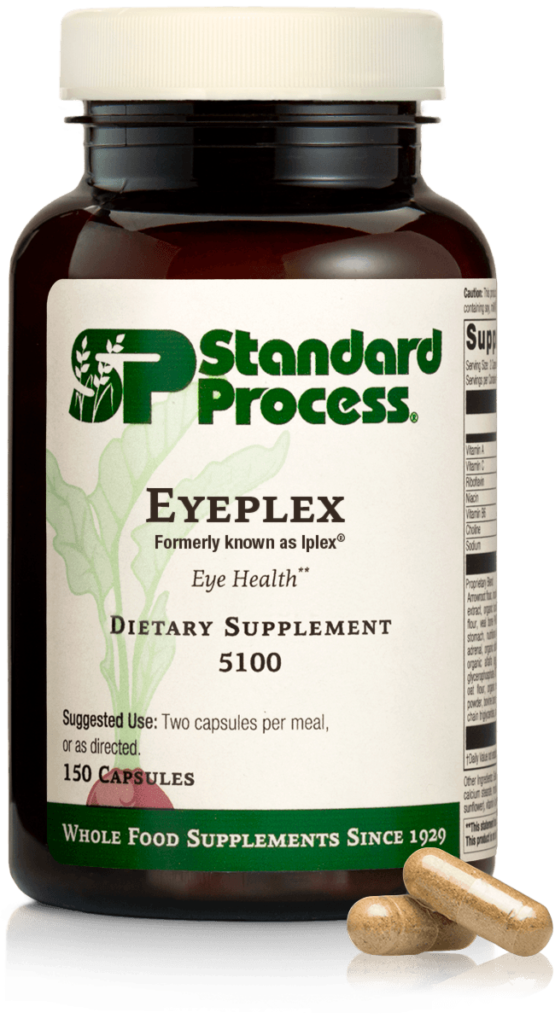
Freeze-Dried Blueberries
Freeze-dried blueberries are a powerhouse of antioxidants that can help protect your Bluetick Coonhound’s eyes from oxidative stress and age-related damage. Rich in vitamins C and E, as well as anthocyanins, these tiny but mighty berries help combat free radicals that can contribute to eye diseases like cataracts and macular degeneration. Incorporating freeze-dried blueberries into your dog’s diet provides a natural and delicious way to support retinal health, reduce inflammation, and promote overall vision longevity. Plus, they’re a low-calorie, dog-friendly treat that makes a great addition to a balanced diet for long-term eye health.
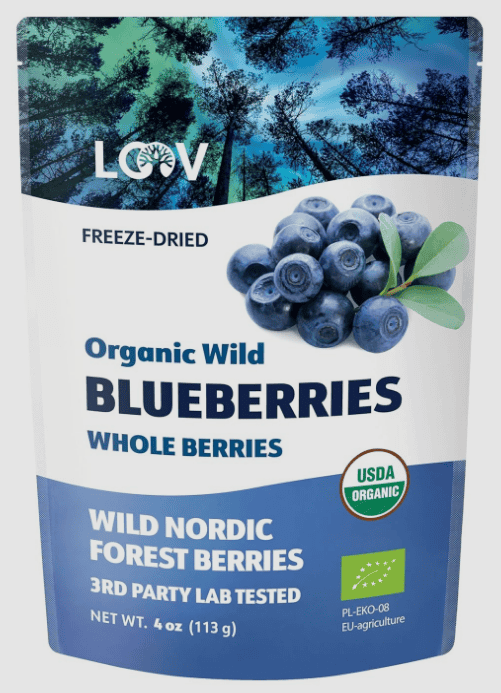
Freeze-Dried Liver
Freeze-dried liver treats are an excellent natural source of vitamin A, an essential nutrient for your Bluetick Coonhound’s eye health. Vitamin A plays a crucial role in maintaining good vision, especially in low-light conditions, while also supporting overall immune function and skin health. Since liver is rich in bioavailable vitamin A, incorporating freeze-dried liver treats into your dog’s diet provides a convenient and nutritious way to promote optimal eye function. Just be sure to feed them in moderation, as excessive vitamin A can lead to toxicity. Adding these nutrient-packed treats to your pup’s routine is a simple, tasty way to support their long-term vision and well-being!
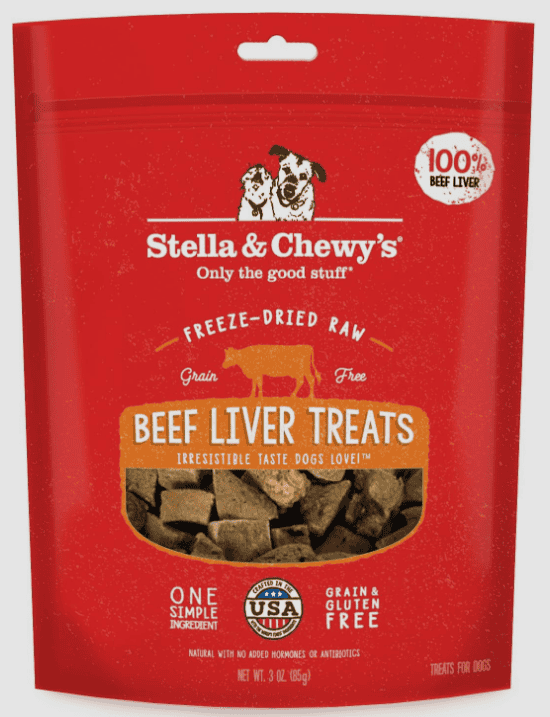
By prioritizing your Bluetick Coonhound’s eye health through a balanced diet and nutritional supplements, you can help prevent many common eye issues. These simple steps can go a long way in ensuring your pup’s eyes stay healthy and clear for years to come.
Environmental Hygiene To Reduce Eye Problems
When it comes to your Bluetick Coonhound’s eye health, you may be surprised to learn that the environment they live in can have a significant impact. It’s not just about their diet or genetics, but also the quality of the air they breathe, the products you use around the house, and more. Let’s delve into some of these factors and how you can improve them to protect your furry friend’s peepers.
Indoor Air Quality
Indoor air quality is crucial for your Bluetick Coonhound’s overall health, including their eyes. Poor air quality can cause or exacerbate eye problems. Dust, pollen, mold spores, and other allergens can irritate your dog’s eyes, leading to discomfort, redness, and potential eye disorders. To improve indoor air quality:
- Regularly clean and dust your home to reduce allergens.
- Consider investing in an air purifier, especially if someone in your home smokes or if you live in a high-pollen area.
- Ensure your home is well-ventilated, letting in fresh air whenever possible.
Sprays, Diffusers, Candles, Incense
The products you use in your home can also affect your Bluetick Coonhound’s eye health. Certain cleaning products, air fresheners, candles, and incense can release harmful chemicals into the air. These can irritate your dog’s eyes and respiratory system. Here’s what you can do:
- Avoid using aerosol sprays and opt for non-aerosol alternatives.
- Choose pet-safe cleaning products that are free from harsh chemicals.
- If you use scented candles or incense, make sure the room is well-ventilated and keep your dog out of the room while they’re burning.
Remember, your Bluetick Coonhound’s eyes are sensitive and more prone to irritation from environmental factors than human eyes. By improving the environmental hygiene in your home, you can help prevent eye problems and promote better Bluetick Coonhound eye health.
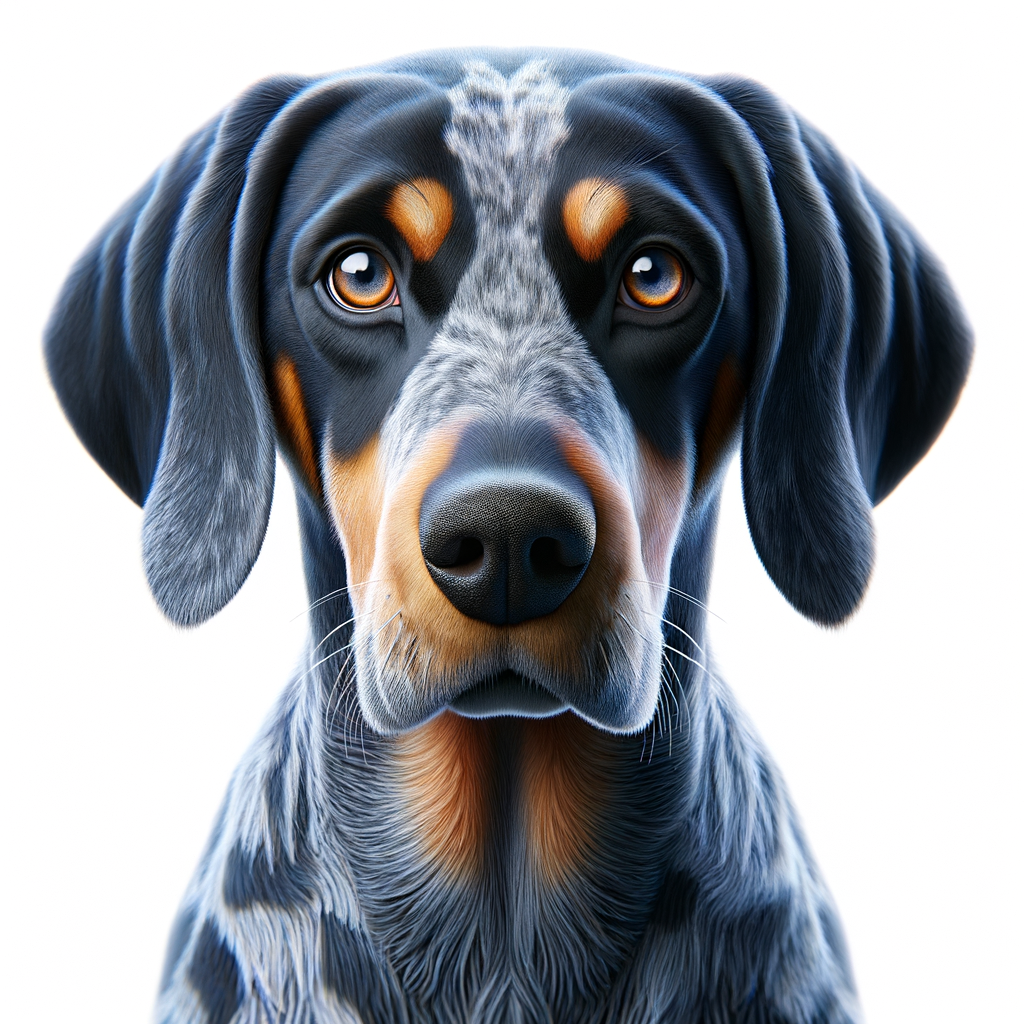
Routine Bluetick Coonhound Eye Care & Maintenance
Eye health is essential for your Bluetick Coonhound’s overall well-being and quality of life. Regular eye care goes a long way in preventing eye problems and ensuring your furry friend’s vision remains clear and healthy.
Daily & Weekly Care & Maintenance
Establishing a daily and weekly routine for your Bluetick Coonhound’s eye care can help in early detection of any potential issues. Start by visually inspecting your dog’s eyes every day. Look for any signs of redness, swelling, discharge, or cloudiness. If you notice anything unusual, it’s best to consult with your vet immediately.
Weekly, take the time to clean your Coonhound’s eyes. Use a clean, damp cloth or a pet-specific eye wipe to gently clean around the eyes. Be careful not to touch the eyeball itself. This will help remove any dust or debris that might have accumulated and potentially cause irritation or infection.
Monitor Hair Length, Nail Length, Bath Frequency
Keeping a check on your dog’s hair and nail length is also important for eye health. Long hair can irritate the eyes, leading to infections or ulcers. Regular grooming to keep the hair around their eyes trimmed is recommended. Similarly, long nails can accidentally scratch the eyes while your dog is playing or grooming itself, causing injury. Regular nail trims can prevent this.
When it comes to bathing your Bluetick Coonhound, be careful not to get shampoo or water in their eyes, as this can cause irritation. Using a tearless dog shampoo and ensuring their eyes are protected during bath time is essential.
Remember, Bluetick Coonhound Eye Health is not just about addressing issues as they arise, but also about prevention. Regular check-ups with your vet, a balanced diet, and a clean environment are all part of maintaining your dog’s eye health. But perhaps the most crucial element is regular, routine eye care at home. With these simple steps, you can help ensure your Bluetick Coonhound’s eyes stay bright, clear, and healthy for years to come.
Frequently Asked Questions
1. What are common eye health conditions in Bluetick Coonhounds?
Bluetick Coonhounds are prone to several eye health conditions, including:
- Progressive Retinal Atrophy (PRA)
- Cataracts
- Cherry Eye
- Entropion
- Ectropion
2. How can I identify if my Bluetick Coonhound has an eye health problem?
Watch out for the following signs that may indicate an eye health problem:
- Redness or inflammation in the eyes
- Excessive tearing or discharge
- Cloudiness or opacity in the eyes
- Squinting or blinking excessively
- Visible third eyelid
3. What should I do if I suspect my Bluetick Coonhound has an eye health issue?
If you notice any signs of eye health problems in your Bluetick Coonhound, it is important to consult a veterinarian as soon as possible. They can perform a thorough examination and provide appropriate treatment or recommendations.
4. Can eye health conditions in Bluetick Coonhounds be treated?
Many eye health conditions in Bluetick Coonhounds can be treated or managed with proper veterinary care. The specific treatment options depend on the diagnosed condition and its severity. Some conditions may require medication, surgery, or ongoing maintenance.
5. How can I prevent eye health problems in my Bluetick Coonhound?
To help maintain good eye health in your Bluetick Coonhound, consider the following preventive measures:
- Regularly clean the area around the eyes to prevent debris buildup
- Protect your dog’s eyes from potential hazards during outdoor activities
- Provide a balanced diet with essential nutrients for overall eye health
- Schedule regular check-ups with a veterinarian to detect any early signs of eye problems
